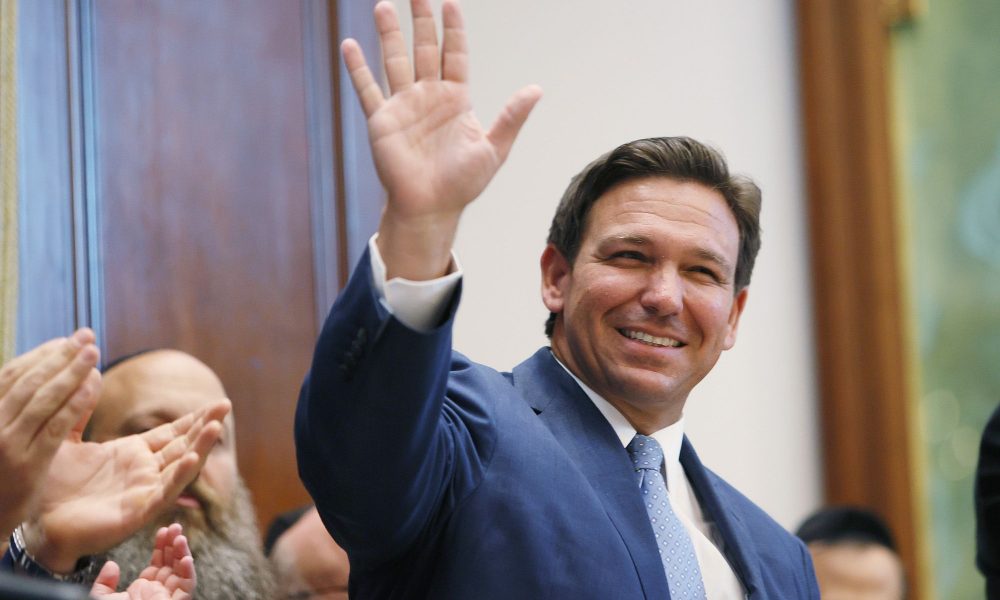California Governor Gavin Newsom signed a law Wednesday that will take up to $130 million of state money each year originally to be used to clean the air and clean up the drinking water instead.
What We Know:
- California has struggled to provide basic clean drinking water to more than 1 million of its residents despite their HUGE economic status (the state has the world’s fifth-largest economy). The area with the biggest problem is Central Valley, the heart of the state’s $20 billion agriculture industry. The large farms in the area have polluted water sources for most rural communities.
- The problem has grown so severe that the state has a grant program to provide bottled water to some communities. As of June, “the state was providing bottled water to about 18,000 Californians in 51 communities at a cost of about $4 million,” according to George Kostyrko of the State Water Resources Control Board.
- “Families shouldn’t have to dump water over their heads to shower every day,” Newsom said in a statement. “This funding is critically important to addressing California’s long-standing safe drinking water issues.”
- California has grant programs that would fund infrastructure to deliver water to rural communities, including a voter-approved $7.5 billion bond in 2014. However, they do not have a program to provide financing for water systems in need of money to operate that equipment, which can be hard for smaller systems lacking sufficient revenue.
- Newsom proposed a tax on most residential water bills to fix this, but the California State Legislature authorized a plan to take up to $130 million a year over the next decade from a fund that was meant to help reduce greenhouse gas emissions. The State Water Resources Control Board is also required to develop a plan on how to spend the money, including identifying failing water systems that need the most help.
- The money used is part of the state’s cap and trade program, which requires the states’ biggest polluters (like oil refineries and farms) to buy credits that let them pollute. The program has earned more than $9.5 billion so far and state officials are supposed to use that money to improve the environment.
- Some environmental groups are worried about the plan, claiming it sets a precedent of the state using the cap and trade money for other purposes as the state struggles to meet their emission reduction goals. “The gray lines which already existed just became grayer,” Democratic state Sen. Bob Wieckowski, who voted against the plan, said in an interview last month.
- However, supporters of the bill believe the spending is necessary due to climate change impacting drinking water by “accelerating the decline of groundwater basins and increasing naturally occurring environmental contaminants.”
California is getting the water they desperately need.



